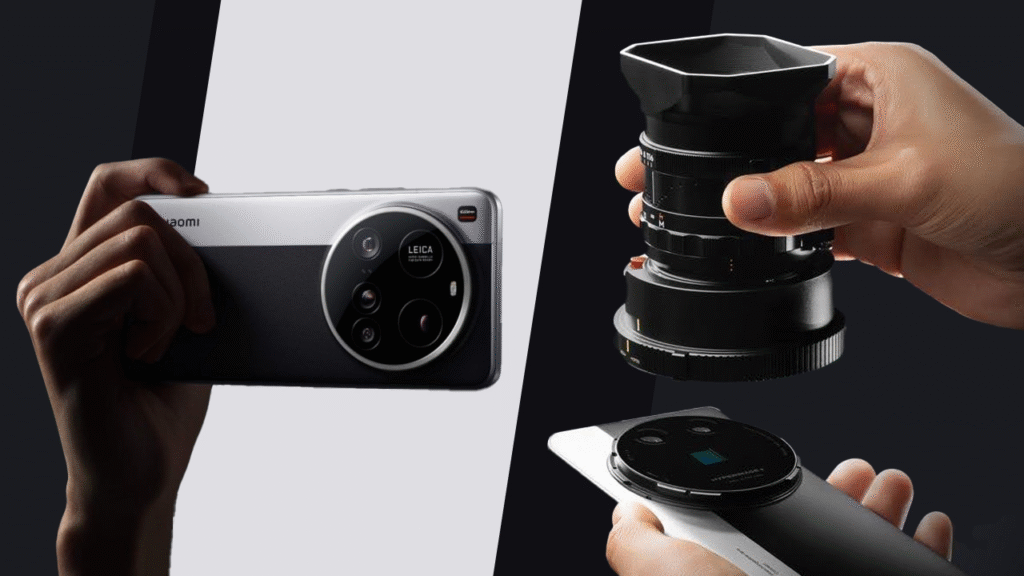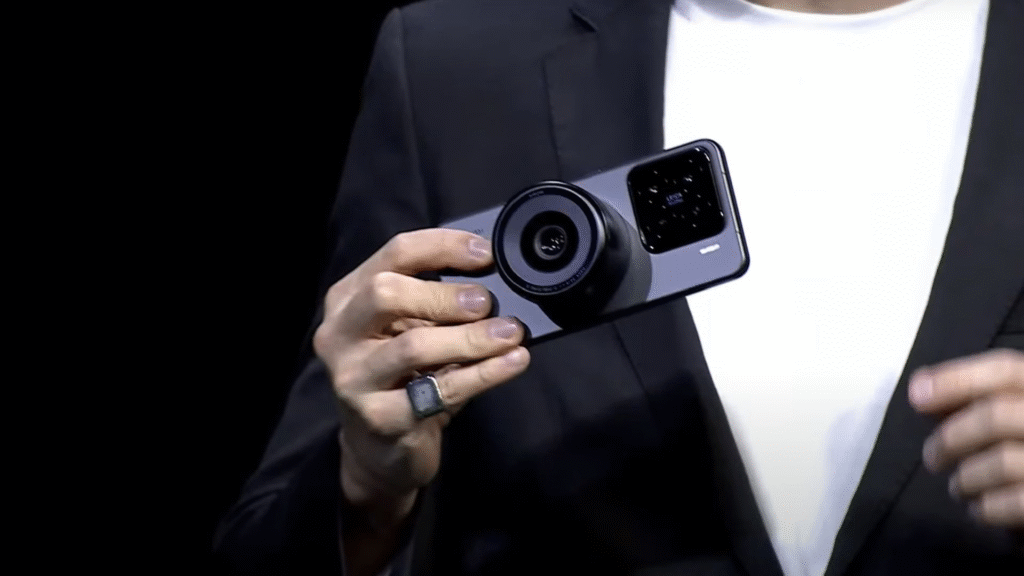Modular cameras let you change parts to match your needs. You can swap a battery block for longer life or attach a better lens for sharper photos. These cameras match the pace of new tech, so you do not need to buy a whole new camera each year.

What Makes a Camera Modular
A modular camera has a main core and slots for add-on parts. The core holds the sensor that turns light into images. Around it you will find pockets where you can plug in lenses or power packs. Some models let you add a viewfinder, a microphone, or even a small screen. Each piece clicks on and off like building blocks.
How They Capture and Process Light
Light is led to the sensor first via the lens. That light is then turned into an electrical signal by the sensor. Next, the camera widget on the circuit board cleans up the signal, fixes color, and removes unwanted fuzz. Finally, the image passes to the memory card or over a cable to a computer.
Why Modularity Matters
When new sensors or lenses come out, you can simply swap in the latest part. This saves money and cuts down on waste since you keep using the same body. If a part breaks, you only replace that one piece. In time, you build a camera that fits your style of shooting and lasts for years.
Where You Will Find Modular Cameras
Professional filmmakers often use cameras with many add-ons. Brands like RED and Blackmagic let them change lenses and recorders on the fly. Now, smaller makers build models you can snap into your backpack and switch by hand. Action cameras add screens or extra power. Medical and drone cameras add infrared blocks or stabilizers.
Modular cameras bring power and flexibility to many fields. They let you build a tool for the job without paying for features you do not need. Some parts cost extra, but you only buy what you will use.
Who Benefits from Modular Cameras
Photographers who want a lighter kit on trips love them. Videographers who need clear audio and steady shots can add only the parts they need. Science teams mount special sensors for night study or plant surveys. Hobbyists can learn how each part works by taking them apart and fitting them back in.

As technology moves fast, these cameras can move with it. You keep pace with new sensors and avoid tossing old cameras into landfills. If a battery or screen dies, you fix it yourself. This approach saves money over time and helps the planet. Modular cameras are more than a trend. They show that gear can grow with you. Each new part makes the camera fit your next adventure.





